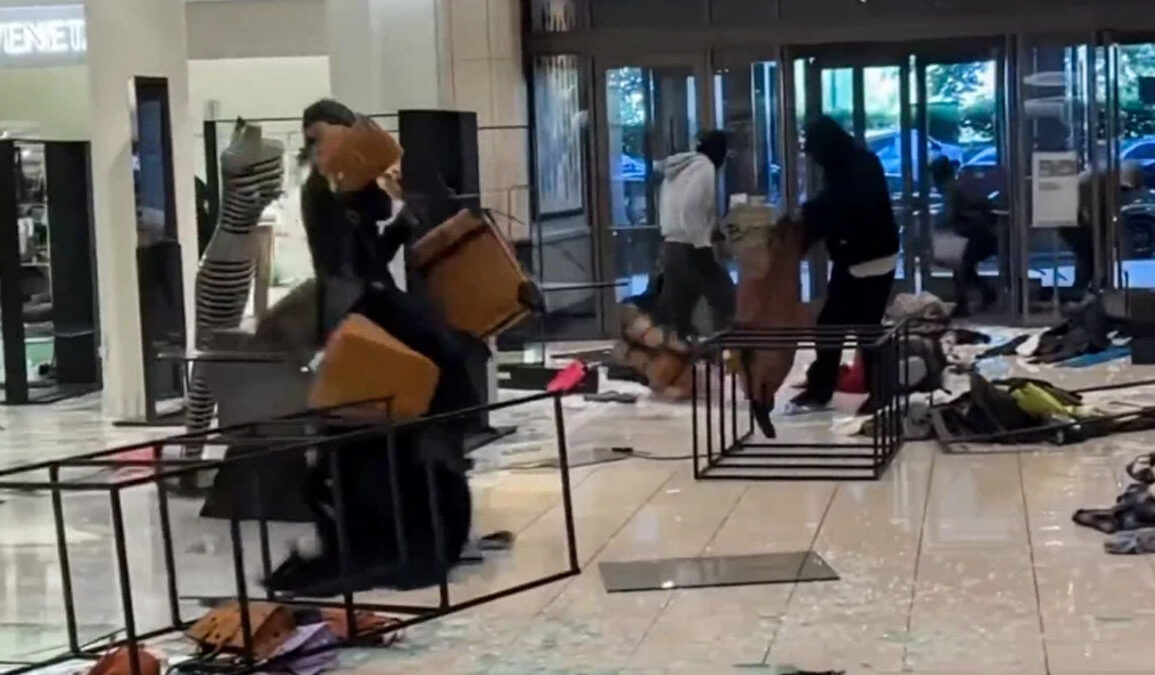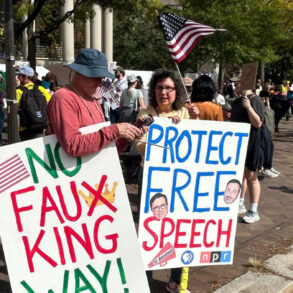On December 18, 2024, California’s Proposition 36, formally known as the Homelessness, Drug Addiction, and Theft Reduction Act, went into effect. This voter-approved initiative marks a significant shift in how the state handles theft and drug-related offenses, undoing key provisions of the earlier Proposition 47 passed in 2014. Supporters claim it will curb rising crime rates and provide stronger deterrents for repeat offenders, while critics argue it risks overcrowding prisons and defunding essential treatment programs.
What Did Proposition 36 Replace?
In 2014, California voters approved Proposition 47, which reclassified many non-violent theft and drug offenses as misdemeanors if the value of stolen goods was under $950. The goal was to reduce overcrowding in prisons, save taxpayer money, and address the systemic punishment of low-level offenders. However, over the years, Proposition 47 faced growing criticism for unintentionally creating loopholes that allowed repeat offenders and organized theft rings to exploit the system.
Proposition 36 was introduced as a response to these criticisms. It reclassifies certain thefts and drug offenses as felonies, especially for repeat offenders. It introduces the concept of “wobbler” offenses—crimes that can be charged either as misdemeanors or felonies depending on the defendant’s criminal history and the severity of the offense.
According to the Seal Beach Police Department, “It undoes some of the changes voters made with a 2014 ballot measure that turned certain nonviolent felonies into misdemeanors, effectively shortening prison sentences and leading to a spike in retail theft and crime.” This rollback aims to restore tougher consequences for repeat offenders while allowing judges more discretion in sentencing.
Key Changes and New Punishments Under Proposition 36
The passing of Proposition 36 introduces several significant changes to how theft and drug-related offenses are prosecuted and punished in California:
- Repeat Offender Felonies: Individuals with two or more prior convictions for theft or drug-related offenses can now face felony charges, even if the value of the stolen goods is under $950.
- Harsher Drug Sentences: Offenses involving highly dangerous drugs, such as fentanyl, heroin, and methamphetamine, now carry more severe penalties.
- Organized Retail Theft: Theft involving three or more participants can result in felony charges, with potential sentences of up to three years in prison.
- DNA Collection: Anyone arrested under felony charges must now provide DNA samples.
- Mandatory Treatment Felony: Judges have the authority to order defendants with multiple drug-related convictions into treatment programs instead of jail time. If treatment is successfully completed, the offender can avoid a criminal conviction.
- Aggregation of Theft Values: The law now allows authorities to combine the value of stolen goods from multiple theft incidents to meet the felony threshold.
These provisions represent a shift back toward more traditional “tough on crime” policies, sparking intense debate across the state.
Real-Life Impact: Cases of Unaware Offenders
The sudden implementation of Proposition 36 has already led to viral moments and high-profile arrests that highlight both its enforcement power and the public’s confusion about its implications.
In a widely shared video released by the Seal Beach Police Department, three women—Destiny Bender, Deanna Hines, and Michelle Pitts—were caught shoplifting nearly $1,000 worth of merchandise from retail stores like Ulta Beauty and Kohl’s. Upon their arrest, the women were visibly shocked to learn that their actions now constituted felonies under Proposition 36.
In a moment captured on body camera footage, one of the women asks in disbelief, “It’s a felony?” Her friend responds bluntly, “B—h, new laws. Stealing is a felony and this Orange County b—h. They don’t play.”
In another example, a Redding police sting operation resulted in 56 arrests in a single day, with 18 of those arrests leading to felony charges. Individuals like Daniel Harrington, who had been warned earlier about the new laws, were still caught shoplifting and faced felony charges under the new statute.
These cases reveal a stark gap in public awareness about the consequences of Proposition 36, raising questions about whether adequate education and outreach accompanied its implementation.
Governor Gavin Newsom’s Opposition
Governor Gavin Newsom was a vocal opponent of Proposition 36, expressing concerns about its long-term implications. Newsom argued that the measure mirrors outdated “mass incarceration” strategies from the 1980s and lacks the necessary infrastructure to support its mandates.
“Prop 36 takes us back to the 1980s. It promotes a promise that can’t be delivered,” Newsom said during his campaign against the measure. “Where are the treatment slots, where are the beds? Twenty-two counties don’t have one residential treatment facility.”
Newsom also pointed to the financial savings Proposition 47 brought the state—over $816 million through reduced incarceration costs—and expressed concern that Proposition 36 would reverse these gains without guaranteeing better outcomes.
The ACLU’s Concerns
The American Civil Liberties Union (ACLU) of Northern California strongly opposed Proposition 36, warning of its potential to overburden prisons and undermine existing drug treatment programs.
Abdi Soltani, Executive Director of the ACLU of Northern California, stated, “Rather than ushering in an era of mass treatment, Prop 36 may instead cut funding to the already limited drug treatment programs that exist. It’s part of a broader conservative strategy to roll back criminal justice reforms.”
The ACLU also criticized the lack of funding for treatment facilities, which could leave vulnerable populations without adequate support while increasing incarceration rates.
Supporters’ Perspective
Supporters of Proposition 36, including Attorney General Rob Bonta, argue that the measure is a necessary response to escalating organized retail crime and drug trafficking. Bonta emphasized the need for collaboration and innovation in addressing these challenges.
“Our success hinges on our ability to work together, innovate, and remain steadfast in our commitment to protecting our neighborhoods and businesses,” Bonta stated.
Business owners and law enforcement officials have expressed optimism about the law’s potential to deter crime and restore public confidence in the justice system.
NP Editor: Rudy Giuliani proved that being tougher on criminals and more vigilant in addressing problems improves the quality of life in a city dramatically. A starker example is the city of San Salvador, which arrested over 80,000 gang members, and now is one of the safest cities in Latin America. California’s Proposition 47 allowed thieves and drug addicts free reign, affecting the whole state, causing a lower quality of life for most, and a mass exodus. Proposition 36 won with a whopping 68.4% approval rate.








